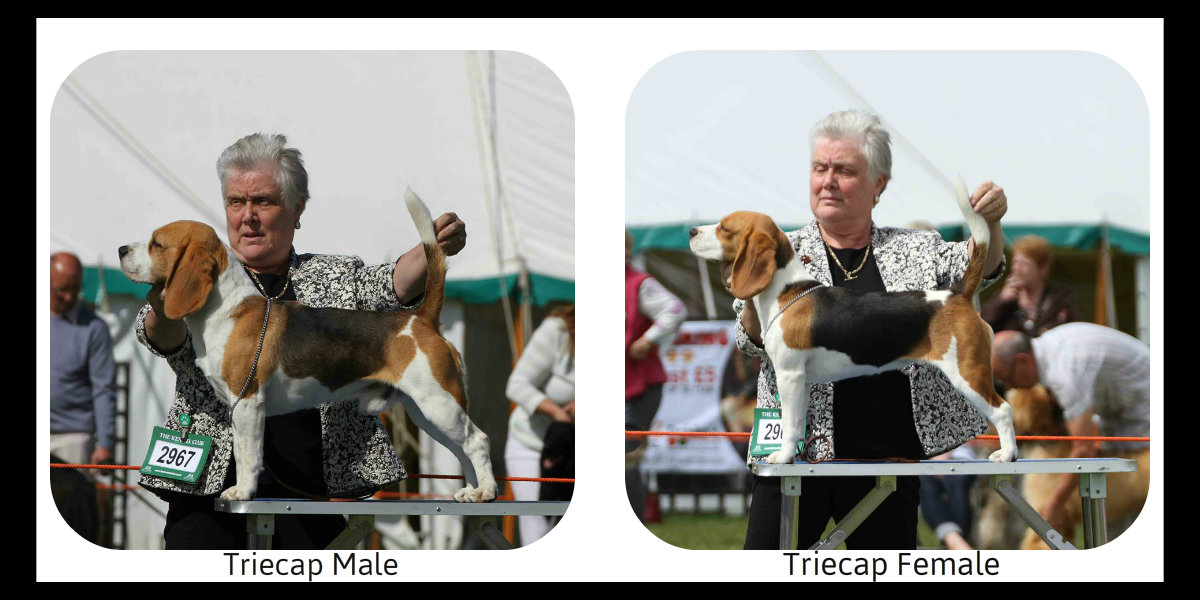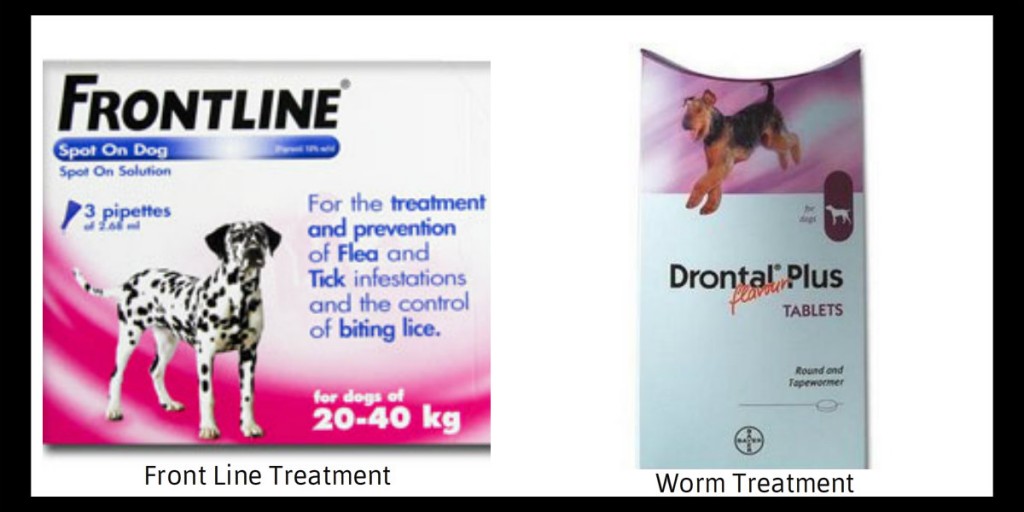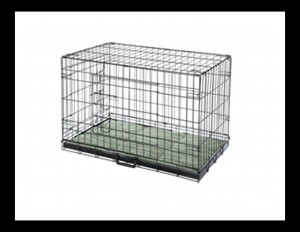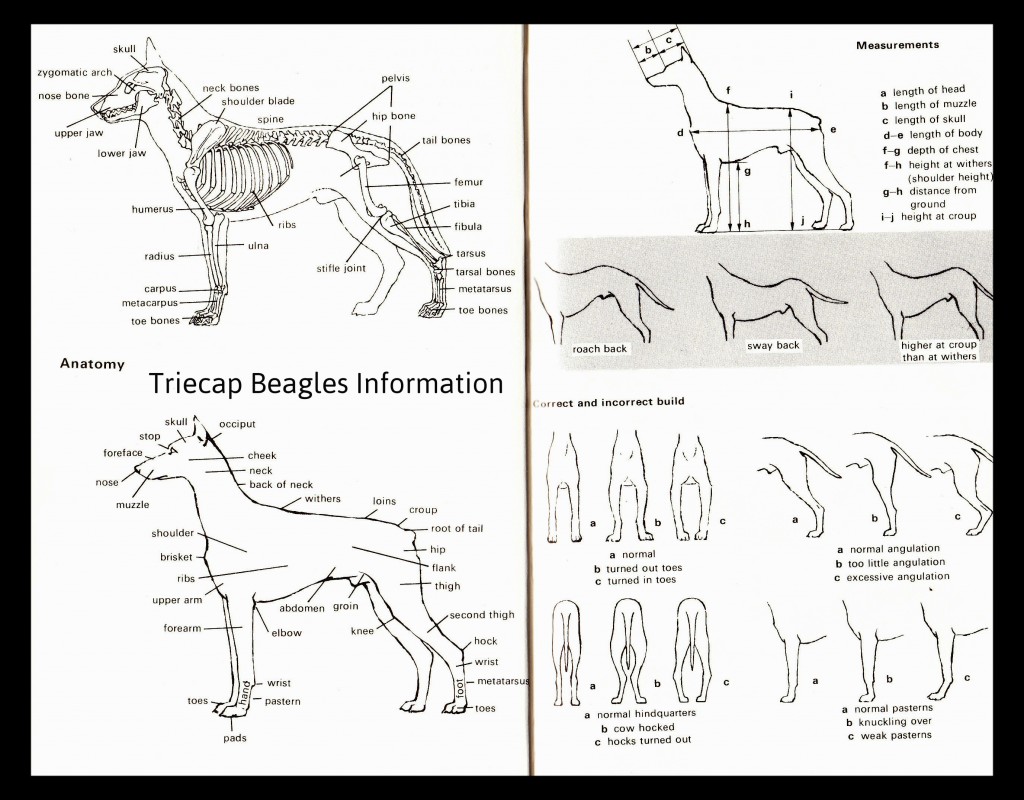TRIECAP BEAGLES
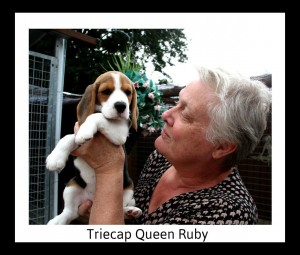
THE BEAGLE the real family friend….. The Beagle’s happy, affectionate nature and robust character makes it an ideal family pet. They are extremely intelligent and keen to please. Their hunting heritage gives them the quality of persistence and the ability to work things out for themselves. Their rather “happy go lucky” outlook makes them great companions for all the family, both human and animal alike.
Clean Living …
Being only 13”-16” at the shoulder, the Beagle is a great little athlete, masses of stamina and with energy to spare. They love plenty of exercise and being short coated, they are easy to look after, whatever the weather. A simple rub down with a dry towel and they are clean again, even after the muddiest of walks. Their dense, weather proof coats, clean legs and small, compact feet makes them a blessing in any household ! Beagles never need to be clipped and their strong, healthy constitutions makes them an ideal choice for anyone looking for a sporting breed with a real character.
User friendly …
Beagles enjoy eating and are extremely “good doers”, so it’s far more a case of being strict and avoiding tit-bits between meals or over feeding, than having to worry about trying to find something they will deign to eat. An adult beagle only needs one meal a day, with usually a biscuit in the evening to go to bed with.
Active sportsman …
Like all dogs, they need daily exercise to keep them fit and happy, but the beagle is a great entertainer and will play endlessly in a well fenced garden. Owners need to adopt a sensible approach to keeping a dog – any animal left locked up day after day without proper exercise will soon become a nuisance and unwanted. Beagles are not a toy breed and really do need to have decent exercise every day. If you have to exercise your beagle in public areas please do not add ammunition to the anti dog movement, by not clearing up after your dog !
All-round performer …
The beagle’s many attributes make it the perfect companion – they are thinkers and doers and really enjoy joining in with all the action. They are good with children and an ideal size for all the family to manage. Their fun loving attitude ensures that everyone enjoys themselves.
THE BEAGLE is a real hound …
The Beagle is one of the smaller hounds, an ancient breed in Britain, he has proved a joy to the sportsman for hundreds of years. In the opinion of those who have researched the subject the Beagle has evolved from small hounds used for hunting small game in Southern Europe. Beagles were first mentioned by name in writings published in 1475. Chaucer called them the “smale hounds” in his Canterbury Tales. Followed on foot and on horseback they have been hunted in packs after hare from time immemorial, and right up to the present. Queen Elizabeth I kept a pack, and so did George IV.
The scenting prowess of the beagle is legendary and today they are helping customs officers in the USA and Australia “sniff out” illegal drugs at airports. They are also being used in the USA to detect arson.
Over one hundred years ago The Beagle Club was formed acting under the auspices of the Kennel Club for sporting purposes and exhibition. Since that time the membership has increased from the 12 founder members to over 500 in all parts of the world today.
THE BEAGLE is great fun to own …
The popularity of the beagle has steadily increased with about 2000 registered annually with the Kennel Club.
You can exhibit your beagle in the show ring against other beagles, at almost all of the hundreds of dog shows held all over this country annually.
The Beagle Club extends a warm welcome to the new beagle owner, and offers a wide variety of interesting beagle activities, including Rallies, Matches, Open and Championship shows and the wonderful opportunity to see your beagle drag hunting with the Working Section.
When you join the club you will be kept advised of its functions which will enable you to pursue whichever activity is of interest to you in the company of a host of new friends
IMPORTANT
Your puppy is in new surroundings, facing a new way of life and doesn’t know why. These changes can cause stress which can have the effect of causing him a tummy upset.
HOW TO AVOID STRESS
We advise that you try to keep as near as possible to his usual routine and feeding times. A calm atmosphere helps.
If you have children, persuade them to allow him sufficient resting times so that he does not become over-excited.
If his journey home with you from his breeder involves a long trip, then allow him to miss a meal. Thereafter, offer him reduced rations for the next two days and then if all is well, give him his normal rations on the third day. Fresh water should always be available.
FACTS ABOUT FLEAS
If your dog has ever had fleas you will know just how difficult it can be to treat them. We hope that the information below will answer some of those questions you may have:-
A dog will almost certainly suffer from a flea infestation at some point during it’s life.
- The number of fleas would normally decrease during the cold winter months. However, as most houses are now centrally heated fleas are provided with an ideal environment in which to survive all year.
- The length of the flea life cycle depends on the temperature and humidity. In an ideal environment the cycle can be around 21 days.
- By far the most common flea dogs catch is the cat flea (Ctenocephalides Felis)
- Some dogs will develop a hypersensitivity to flea saliva and this can lead to an itchy reaction.
- One or two fleas would be quite enough to cause a marked irritation.
- Most flea reactions in dogs, are seen on the lower back area, above the tail.
- Fleas spend the majority of their life cycle in the home environment. Only adult fleas are seen on dogs.
- The female flea lays eggs on the dogs coat, these fall off and can be found wherever your dog spends most of its time – in its bedding, in the carpet, on the sofa, or even on your bed.
- The Fleas live by ingesting blood from your dog several times a day.
- More often than not, an owner will notice small specks of grit in the dogs coat. To establish whether this is flea dirt, brush the coat and allow the materials to fall onto a moist white tissue. Flea dirt will produce a red mark.
- Dogs can also pick up fleas from outside the home or from other animals.
- Adult fleas do not live for long on your dog and die after 7-14 days – only to be replaced by the ones developing in the environment.
- Fleas are also the intermediate host of the tapeworm. Therefore it is important to remember when treating your dog(s) for fleas, to treat him for tapeworms too.
- Effective flea treatment and control involves treating both the environment and the dog (for all the reasons stated above).
- Flea preparations come in all forms – aerosols, powders, pump action sprays, insecticidal collars, spot-ons, oral tablets or shampoos.
- Treatments of the environment involves using recommended aerosol spray and regular vacuuming – don’t forget under the skirting boards, under the sofa cushions and the dogs bedding.
- There are a large number of flea products available. Ask your local vet for advise on which product will suit you and your dogs needs.
HOUSE TRAINING
For some owners, housetraining their new puppy can often be very frustrating. However, with careful supervision, most puppies can be housetrained in less than two weeks.
It must be emphasised that the single most important aspect of house training is for the owner to praise and reward the dog each and every time it performs in the chosen toileting area. Many mistakes that occur are due to the owners inability to supervise the puppy closely or recognise the puppies toileting needs.
Firstly it is important to develop a regular and consistent routine and identify the times when the dog needs to relieve himself.
- With puppies there is often a fairly set pattern to the toileting habits: immediately after waking, after exercise or play and after each meal.
- Observe changes in behaviour which may suggest that he needs to relieve himself, such as sniffing the floor, whining or circling.
- Ensure that the puppy is carefully supervised during the times that he would normally relieve himself. This means that he should not be out of sight at any time.
- If you are unable to closely supervise him, confine him to an area that he would not normally choose to go. As soon as he is released take him to the chosen toilet area.
- Very few dogs, given the choice, will relieve themselves in their own sleeping area.
- In the evenings encourage the puppy to sleep, waking him to go outside to toilet before leaving him overnight. Gradually extend the period of time the puppy is left overnight in between toileting.
- During the day take him outside to the chosen area every hour. Wait for him quietly until he has performed. It is important to reward him at the right time.
- When the puppy goes, praise him generously but quietly so as not to overwhelm him and offer a tasty titbit or remain outside using play as a form of reward.
- If the puppy asks to go out and does not perform within three minutes, take him back inside, withholding any form of praise and place him in the area that he would not choose to go. Leave him for 15 minutes and take him outside again. Praising him if he performs.
- Introduce a toilet word to say when the dog toilets such as ‘do your business’, ‘toilet’ or ‘be quick’ followed by praise. Soon he will associate the chosen word with the action of relieving himself.
- Once the puppy is becoming more reliable about going on the correct location, extend the period of time between taking him out.
- If the puppy has an accident indoors, the soiled surfaces should be cleaned thoroughly with a biological (non ammonia) detergent to discourage him from repeating the behaviour. It may be necessary to restrict the puppy access areas.
- Please remember to always take a poop scoop when taking your dog out for housetraining and walks. It is now a legal obligation to clean up after your dog in public places.
Please read and follow the advice below before using your indoor kennel
Most dogs will happily accept an indoor kennel and with training will soon learn to accept it as a safe and secure place in your home or even in foreign surroundings. From experience we have found that if the dog believes using the indoor kennel was its own idea, they will accept it easier. It is always better to start training your dog earlier in the day rather than leaving your dog in the kennel the last thing at night or leaving him alone in the house. If you do it is only natural that your dog will become distressed.
Assemble the kennel with your dog in another room and select a place for the kennel where your dog would normally rest or where you keep their bed at the moment. It is a good idea to place bedding with his scent, and some toys or treats that they enjoy. Let your dog back into the room and find the treats in the kennel and give him a few minutes before you open the door to get in to eat the treats, but do not let him lose interest. When he has eaten the treats shut him out and replace the treats. Repeat this sometimes leaving the door open and sometimes with the door closed, until your dog is totally relaxed with the kennel and then begin to shut the door for short periods at first, gradually building up the time that you leave him shut in.
Puppies and older dogs normally accept the indoor kennel with only a small amount of training; adolescent dogs aged between 6 months to 2 years need a little more time.
If you have purchased the indoor kennel to help with a house-training problem, remember to follow the advice above to get him used to the kennel. For young puppies start with the floor of your kennel covered half with newspaper and the other half with suitable bedding. Dogs do not like to soil their bedding and will quickly begin to hold themselves until you let them out of the kennel, so it is important you walk them directly to the area you want the dog to use to relieve themselves and wait with them until they go. When they do, praise them and allow them to come inside again. We would advise that you lock your dog in the kennel whenever you will be leaving him unattended in a room even if only for a few minutes. Following these guides will help to get your dog clean very quickly.

